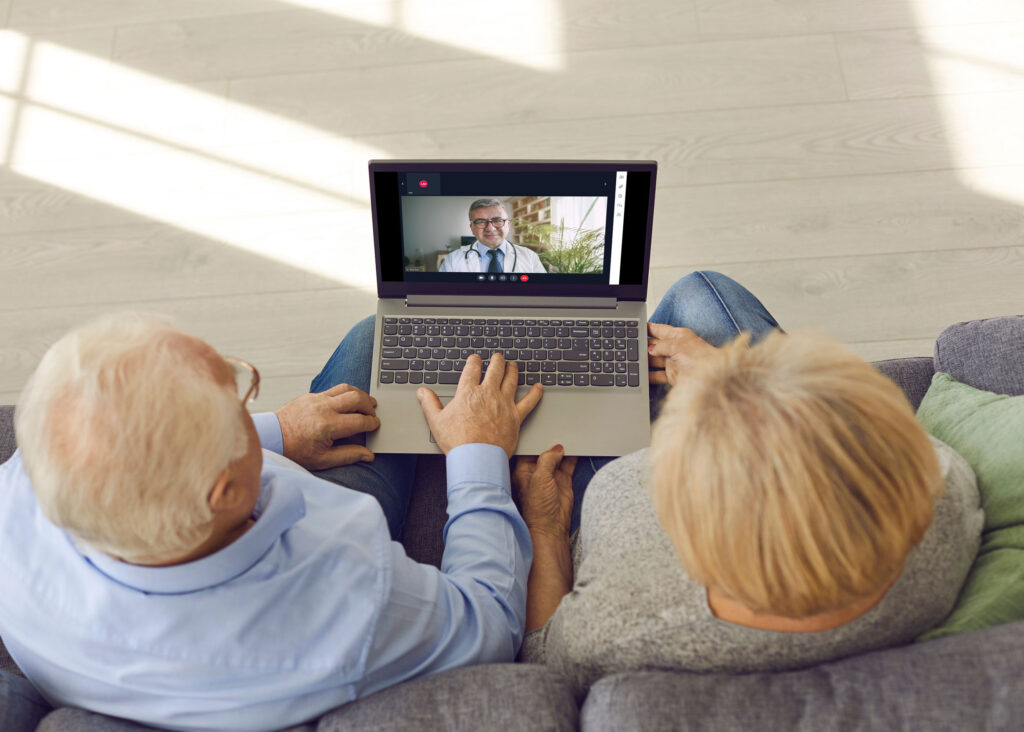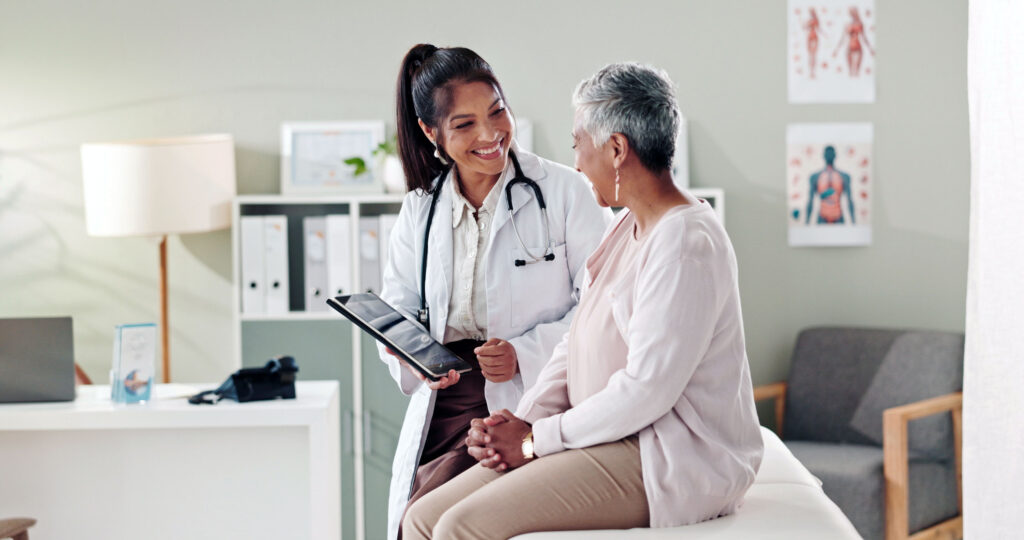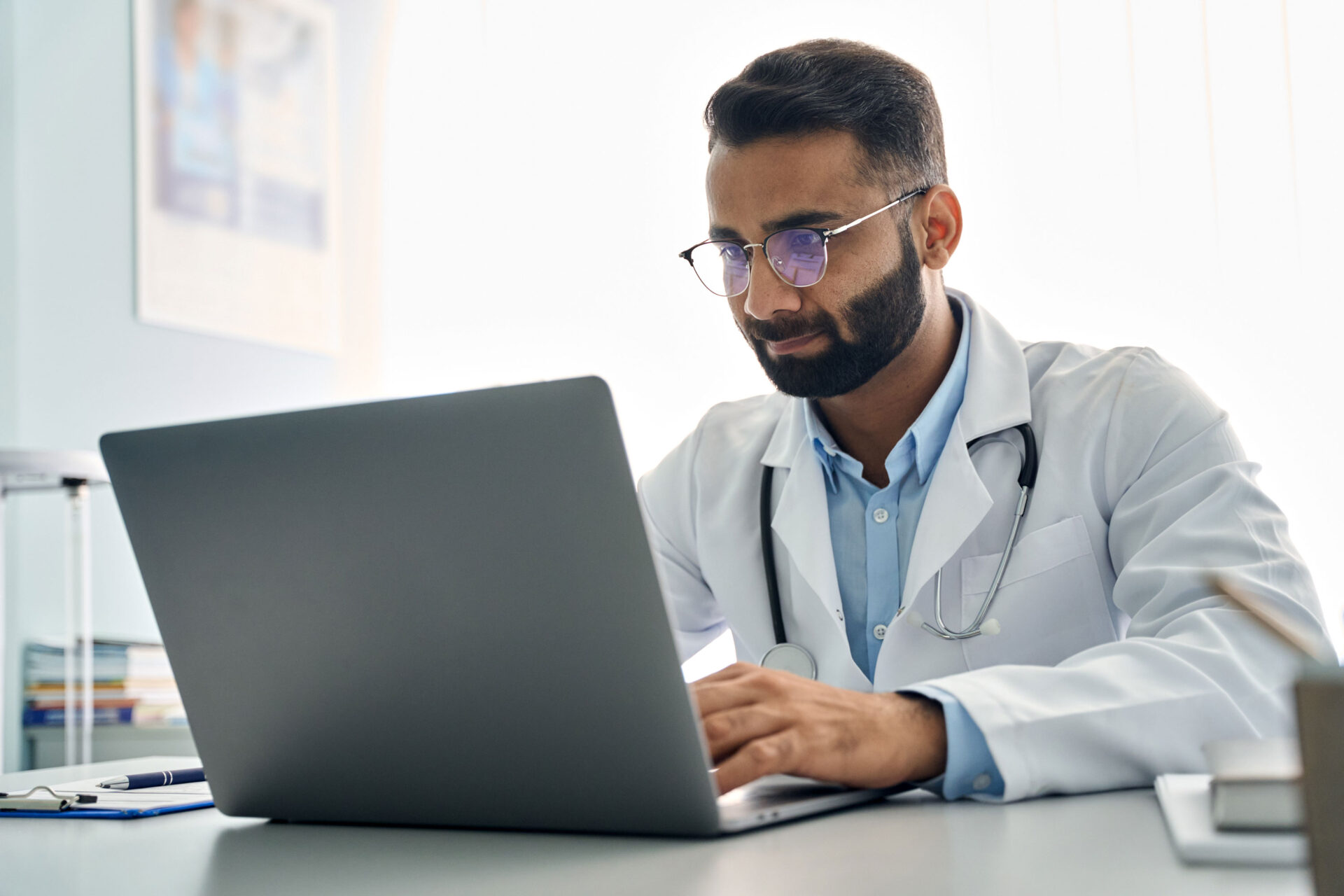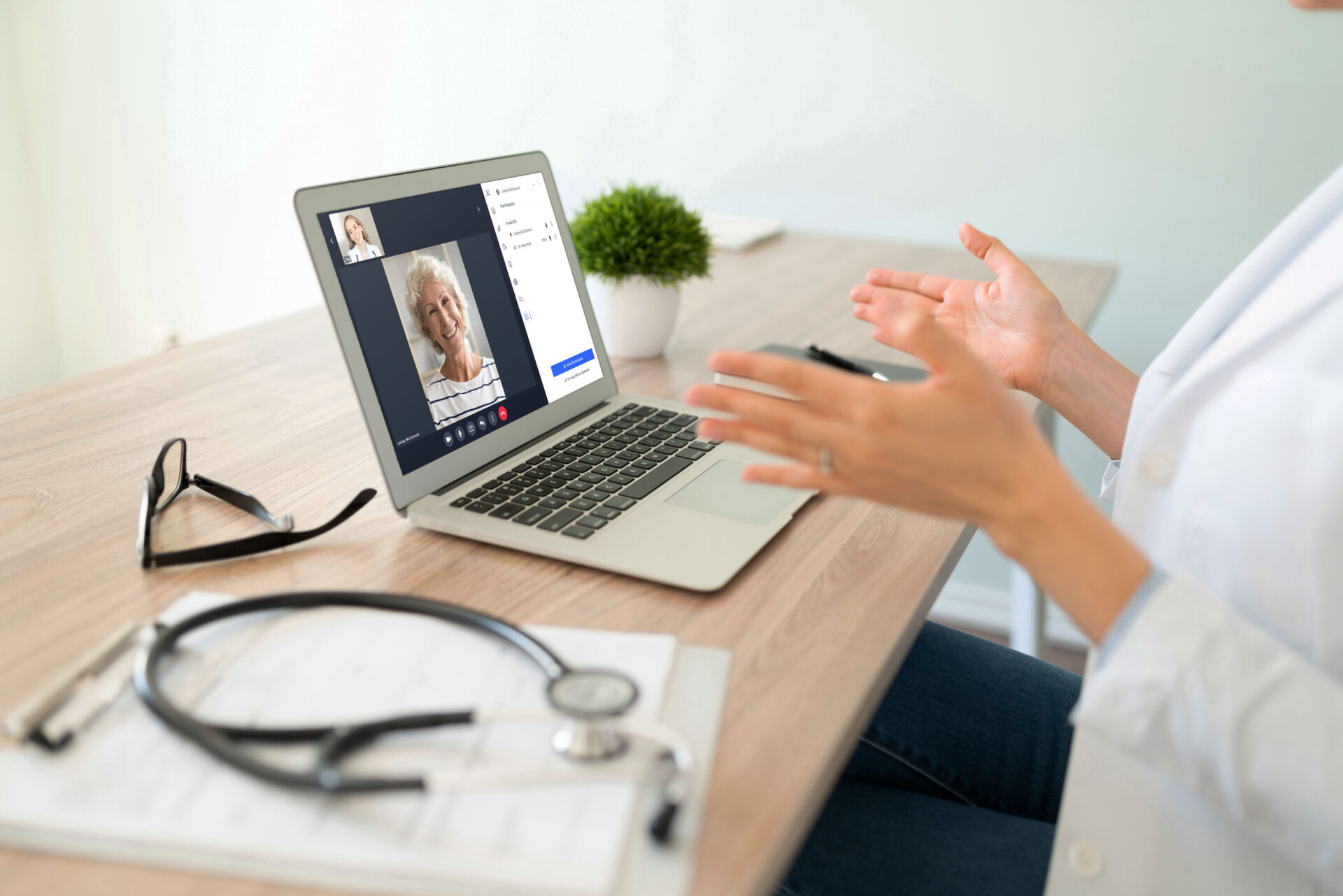Scheduled Primary and Specialty Care Visits
Digital Tools to Serve More Patients, Easily
We help care delivery systems make it easier for patients and providers to conduct digital primary or specialty care appointments, so you can reduce no-show rates and patient leakage, and achieve high patient and clinician satisfaction.



HOW WE HELP
Reducing No-Shows, Patient Leakage, and Physician Turnover
Making health care easier for patients and clinicians with remote digital visits results in fewer no-show appointments and patient leakage, while reducing workload burdens that lead to physician turnover.

How eVisit Helps Your Patients Schedule—and Attend—More Appointments
Our Digital Front Door tools give your patients a number of ways to schedule visits, including your portal, your website, or a QR code, and complete the necessary intake questionnaire. On the appointment day, the patient logs in, the clinician is alerted and can view the patient information in our Digital Command Center, which can be integrated or embedded directly into the EHR.
During the visit, your provider can invite the patient’s family members, caregivers, or interpreters, share attachments and other information, or reassign the appointment to another clinician when needed. Both the patient and provider can leave feedback after the visit.
Care delivery systems that use eVist to provide convenient scheduling can extend care access to patients, identify which appointments are best suited for digital encounters, reduce patient leakage and no-show rates, and ultimately make providers more efficient while reducing burnout.


